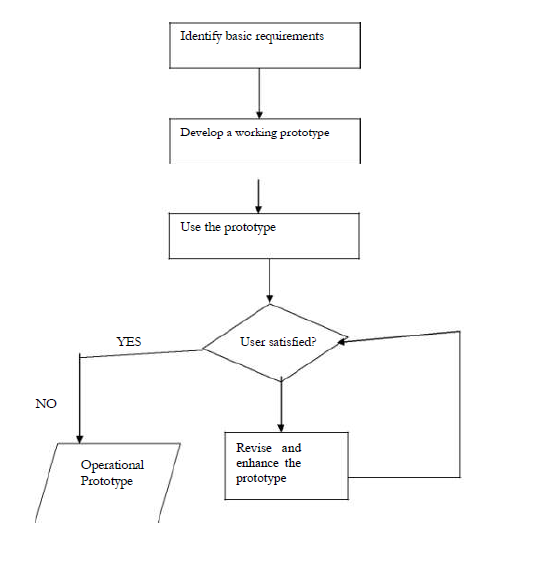a) Decision Support System (DSS)
This refers to an information system that supports managers in day-to-day decision-making, particularly in semi-structured problem solving. DSSs emphasize on small simple models, which can easily be understood and used by managers, rather than complex integrated systems that need information specialists to operate.
Functional characteristics:
1. They provide analytical capabilities. DSSs are built explicitly with a variety of models to analyse data, or they can condense large amounts of data into a form, which can be analysed by decision makers.
2. They present information in simple graphical form and they may also include tabular representation.
3. They combine both internal and external information to support decision-making. External information for a DSS such as a voyage estimating system could include port rates, fuel costs, and port distances. Internal information could include freight rates for various types of cargo, labour costs, fuel and water consumption, etc
4. The DSS only provides support to decision making by providing timely information. It doesn't, however, perform decision-making.
5. They are suited for semi-structured problems e.g. a voyage estimating system could answer the question: Given a customer delivery schedule and an offered freight rate, which vessel would be assigned and at what rate in order to maximize profits?
6. They are developed with the participation and often, by individual managers or a group of managers to support a range of decisions of concern to them.
7. They‘re common where effective problem solving is enhanced by interaction between computer and manager.
b) Types of accounting information systems which DSS may address:
1) Budgeting systems.
2) Cash management systems.
3) Capital budgeting systems.
4) Investment management systems.
5) Financial condition analysis systems.
c) Prototype
This refers to a preliminary working version of an information system for demonstration and evaluation purposes. Steps in prototype development:
1) Identification of user requirements
The system designer (Usually an information systems specialist) works with the user only long enough to capture his or her basic information needs.
2) Development of an initial prototype
The systems designer creates a working prototype quickly, using fort-generation software, interactive multimedia or computer aided software engineering (CASE).
3) Use of the prototype
The user is encouraged to work with the system in order to determine how well the prototype meets his or her needs and to make suggestions for improving the prototype.
4) Revise and enhance the prototype
The system builder notes all the changes the user requests and refines the prototype accordingly. After the prototype has been revised, the cycle returns to (3). (3) And (4) are repeated until the user is satisfied.

Wilfykil answered the question on
March 1, 2019 at 06:44